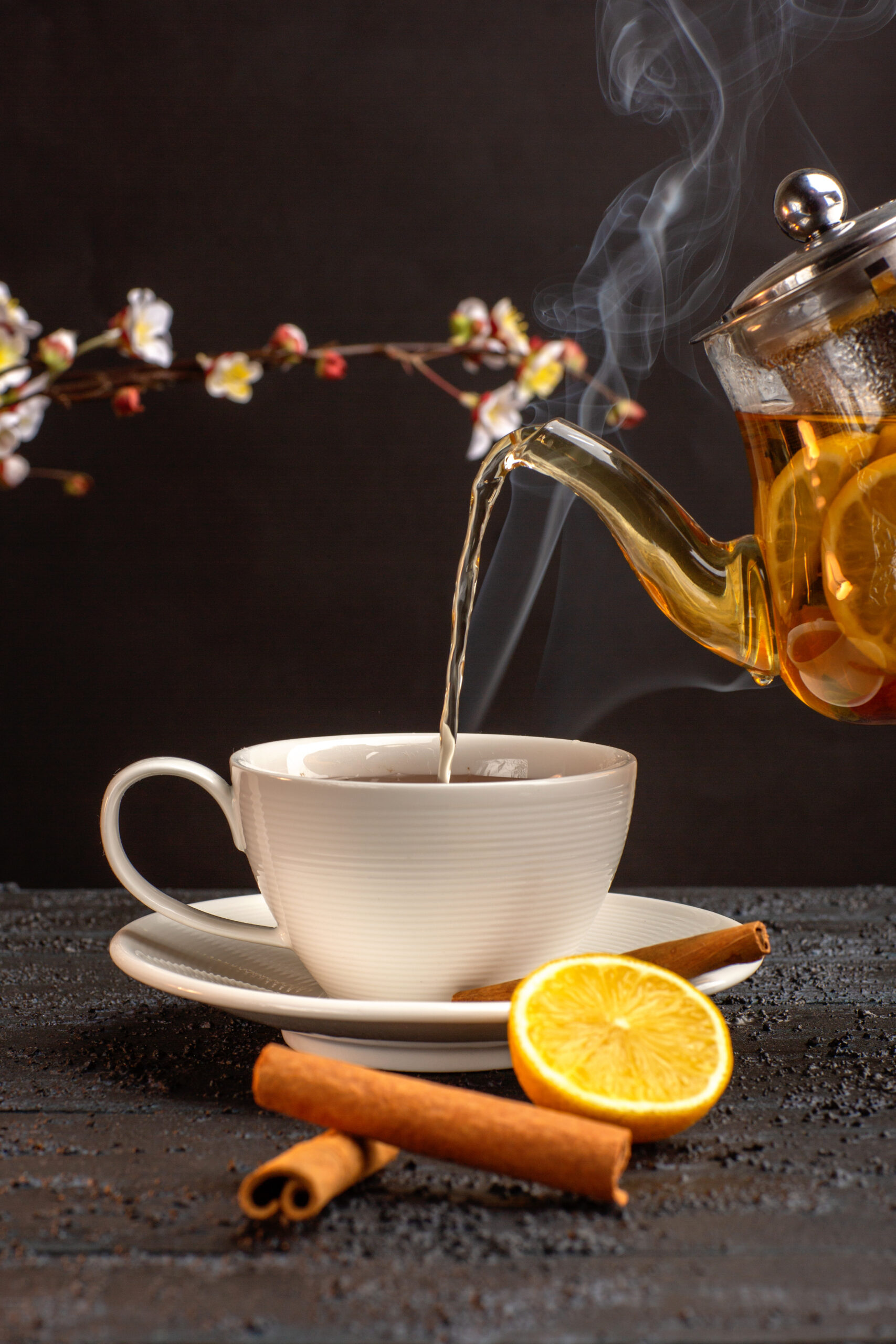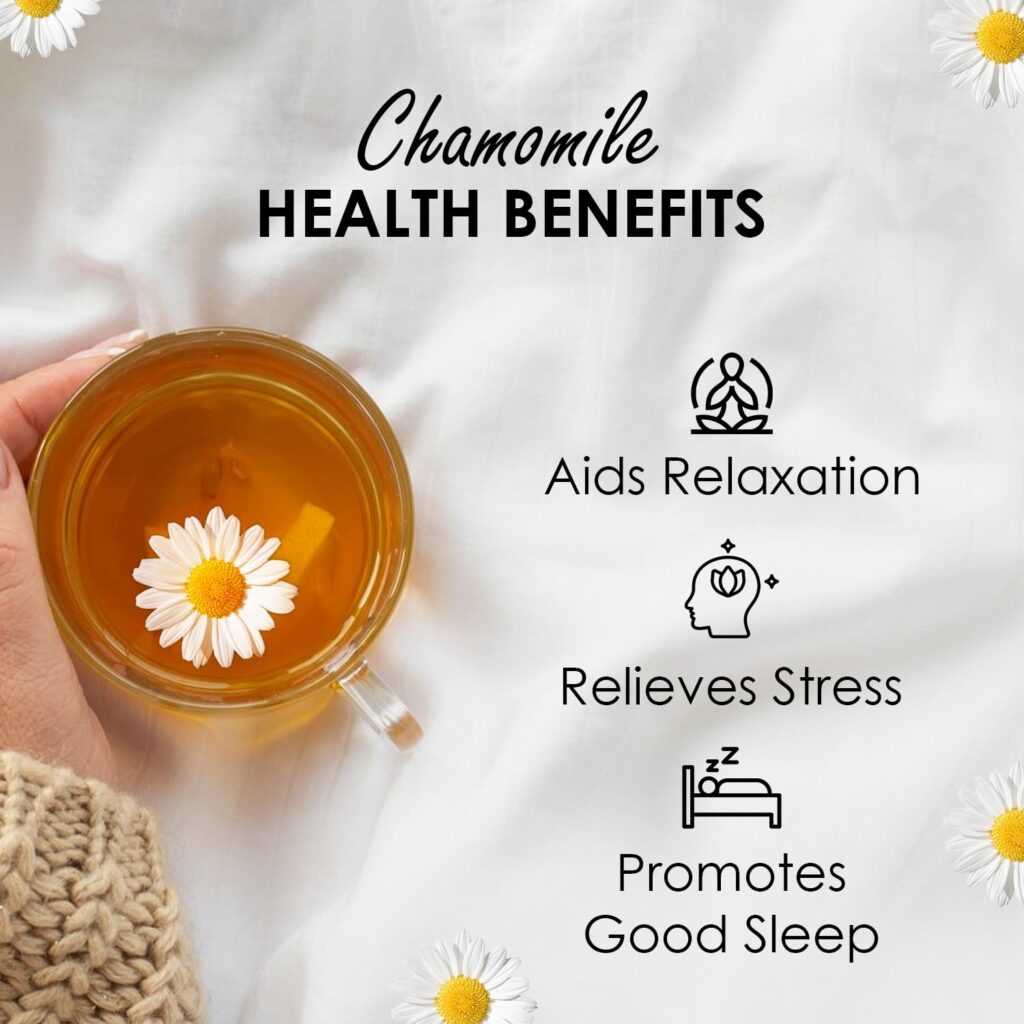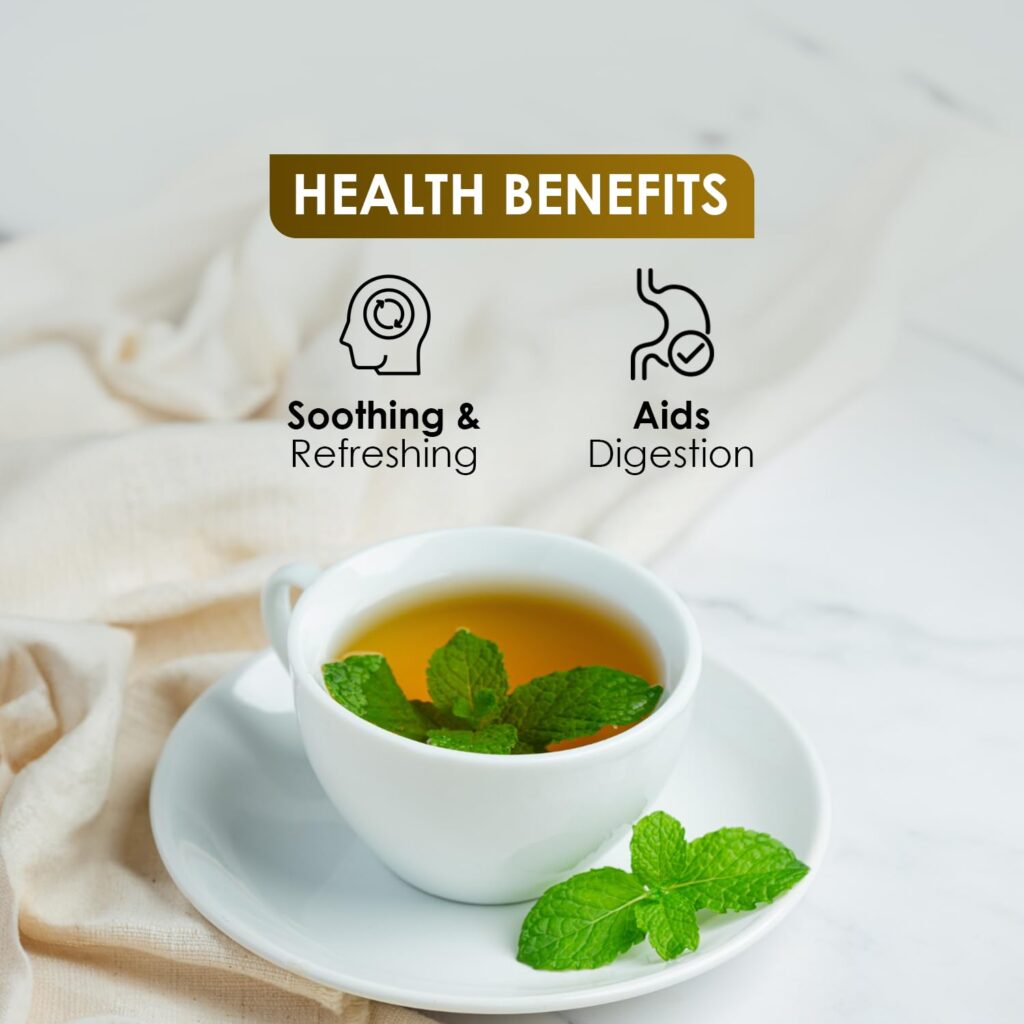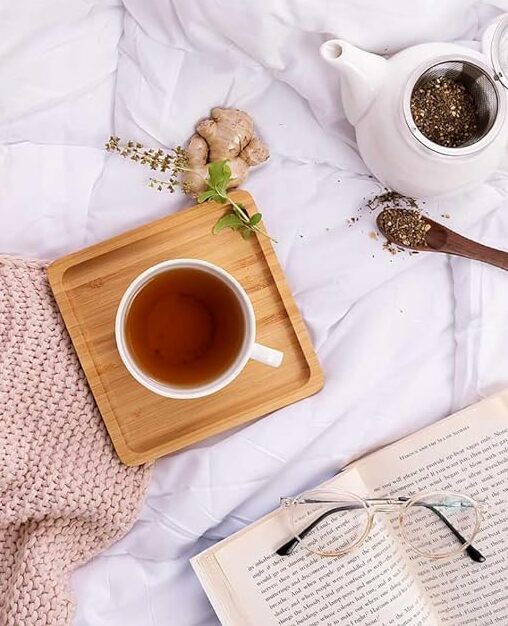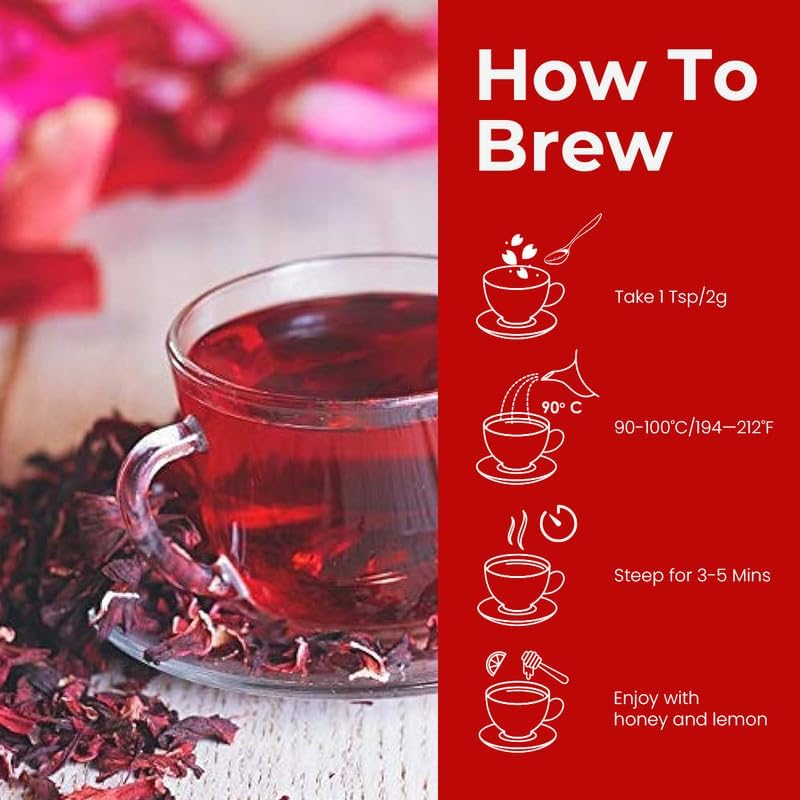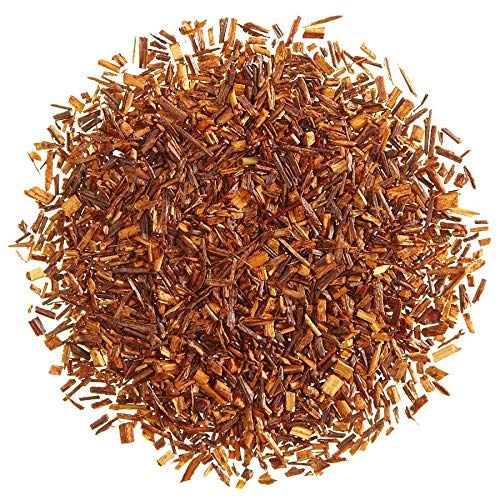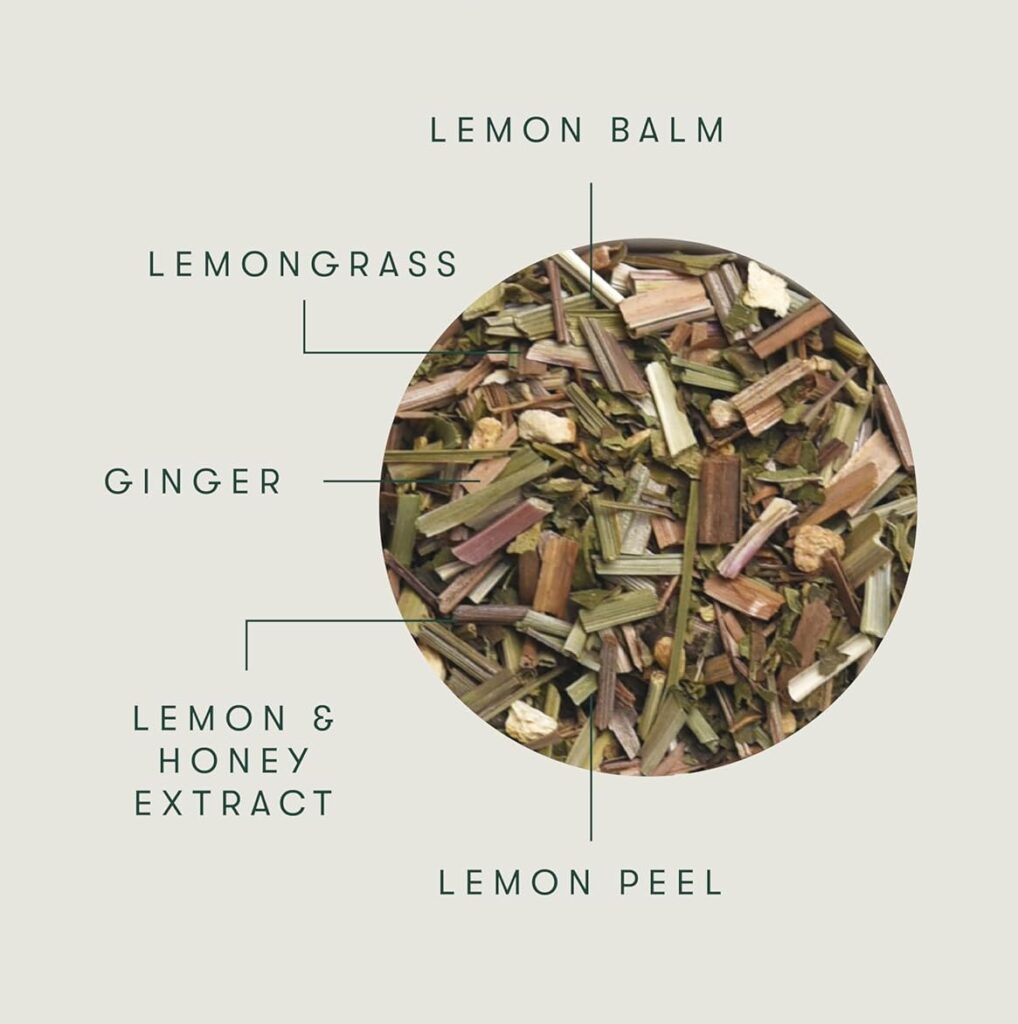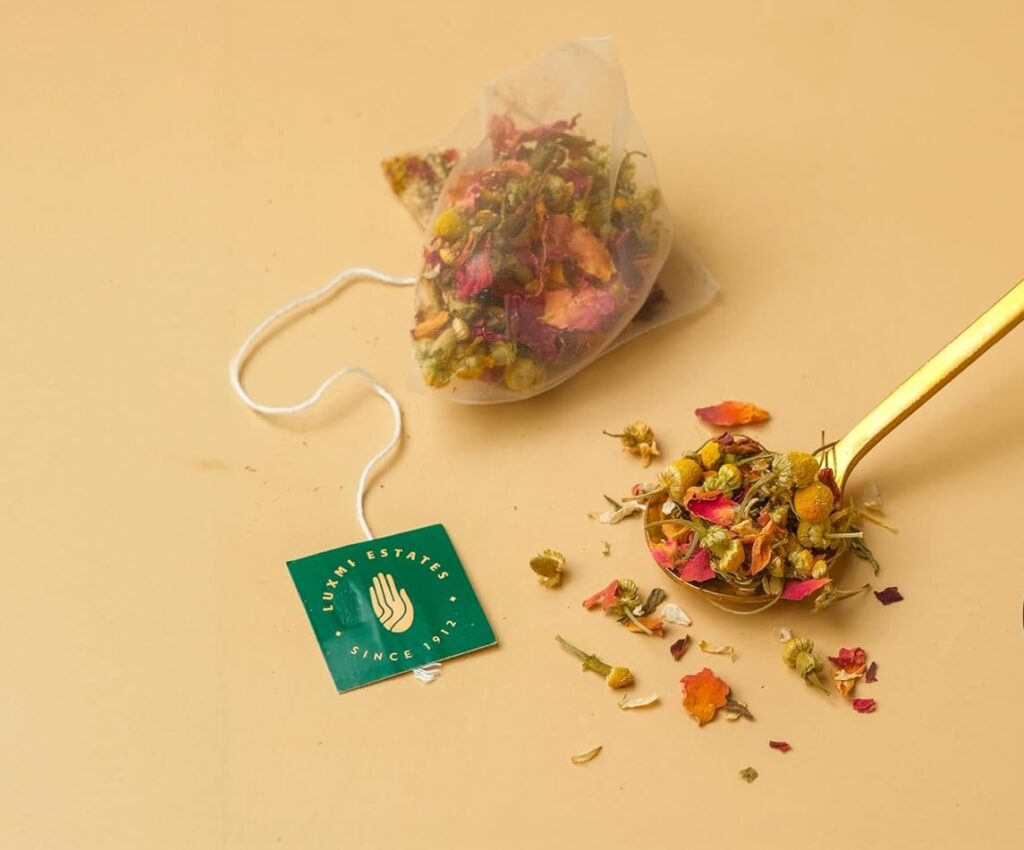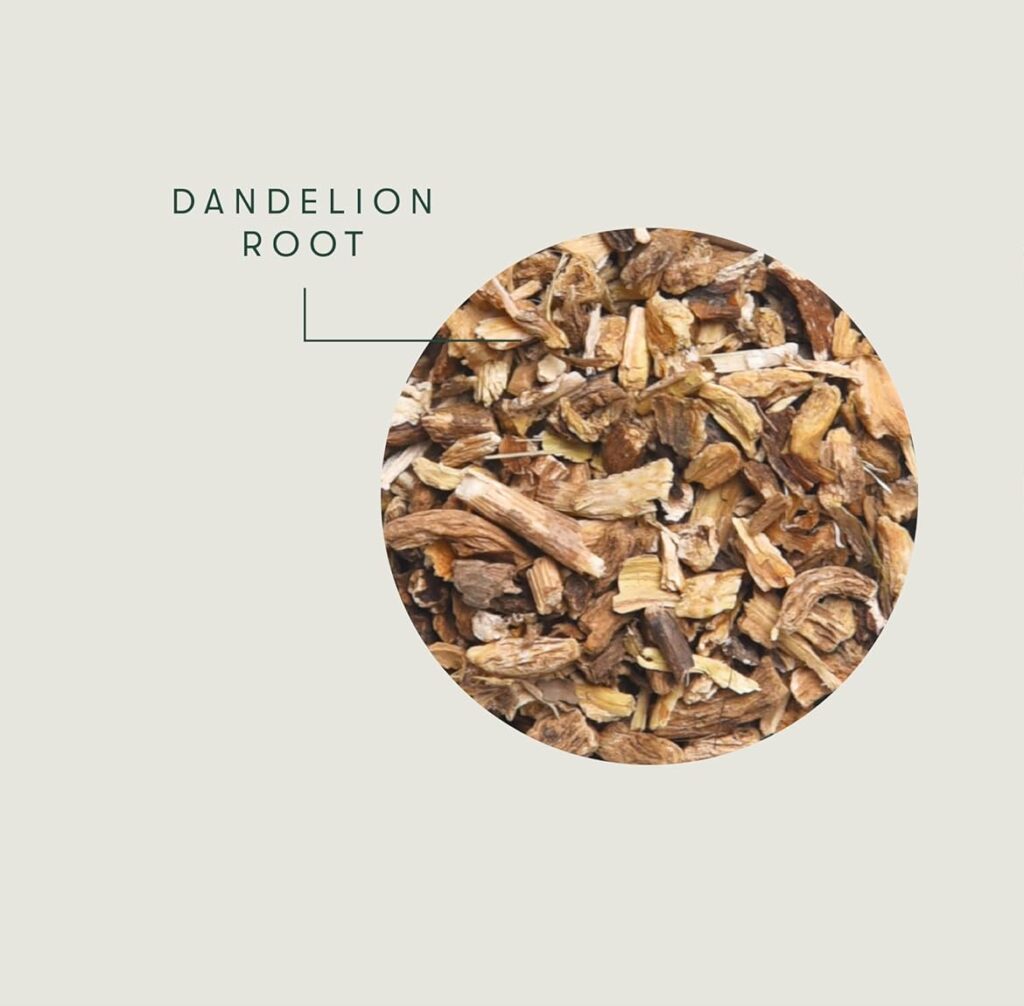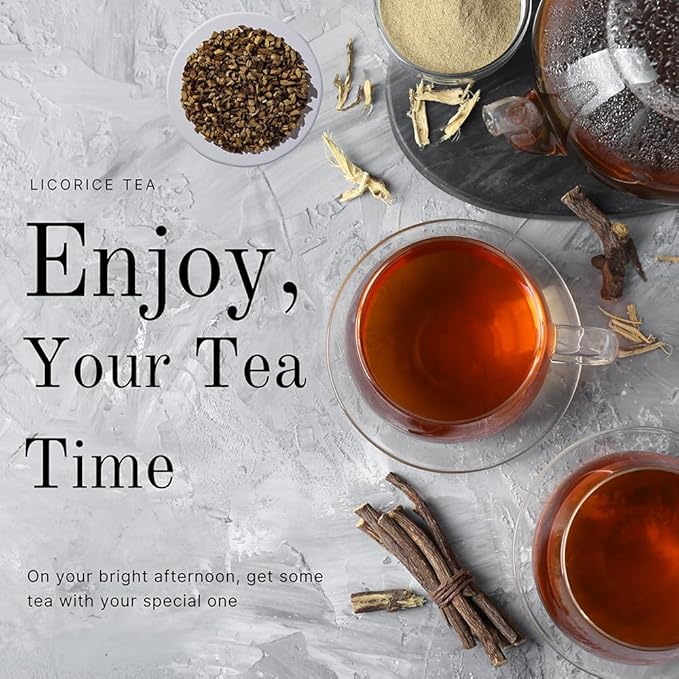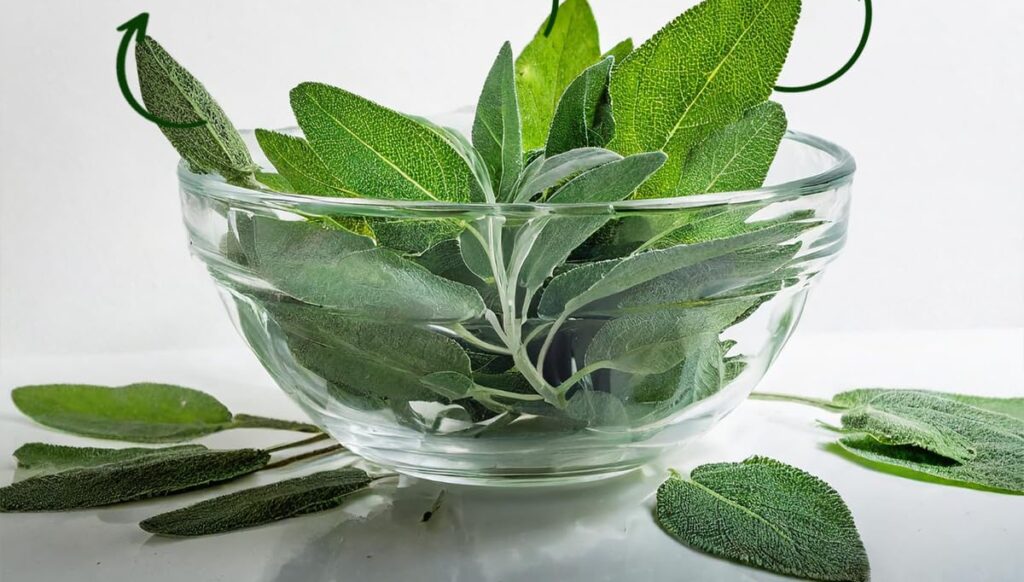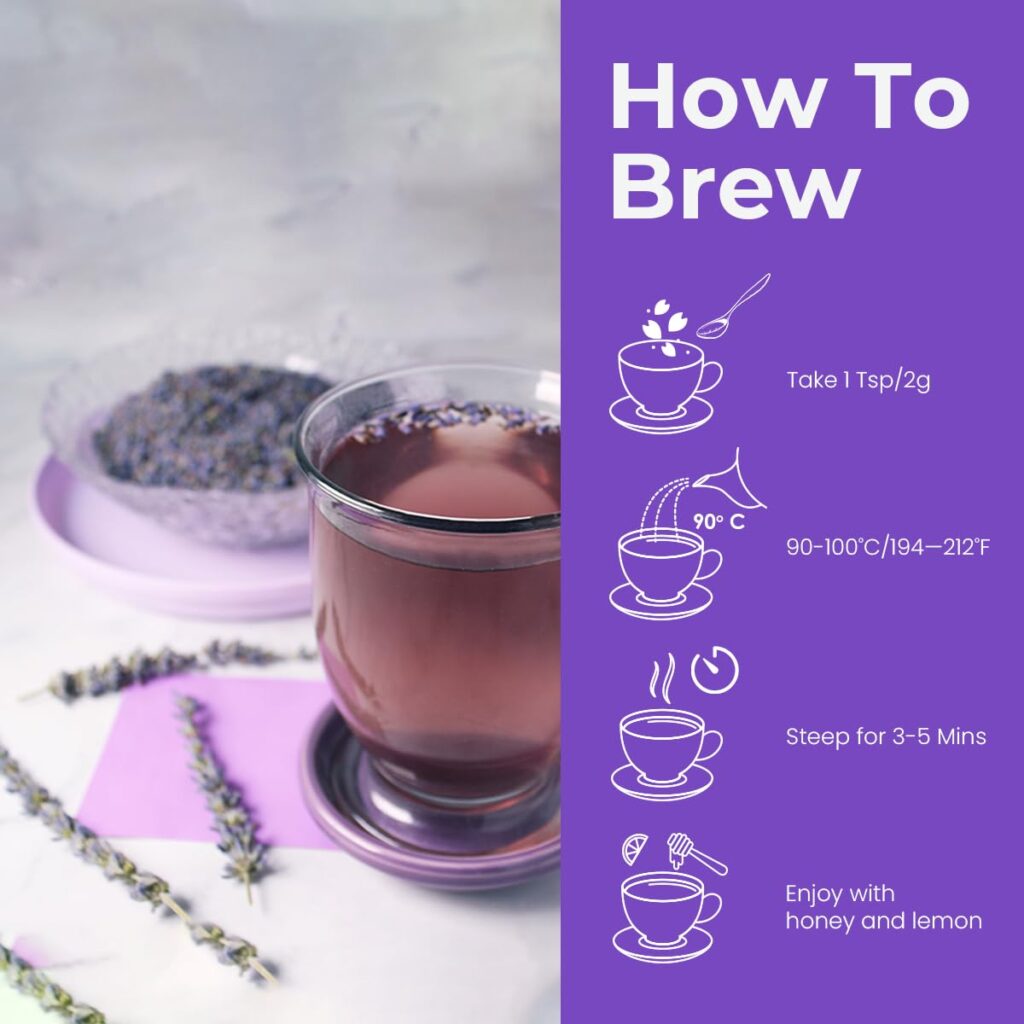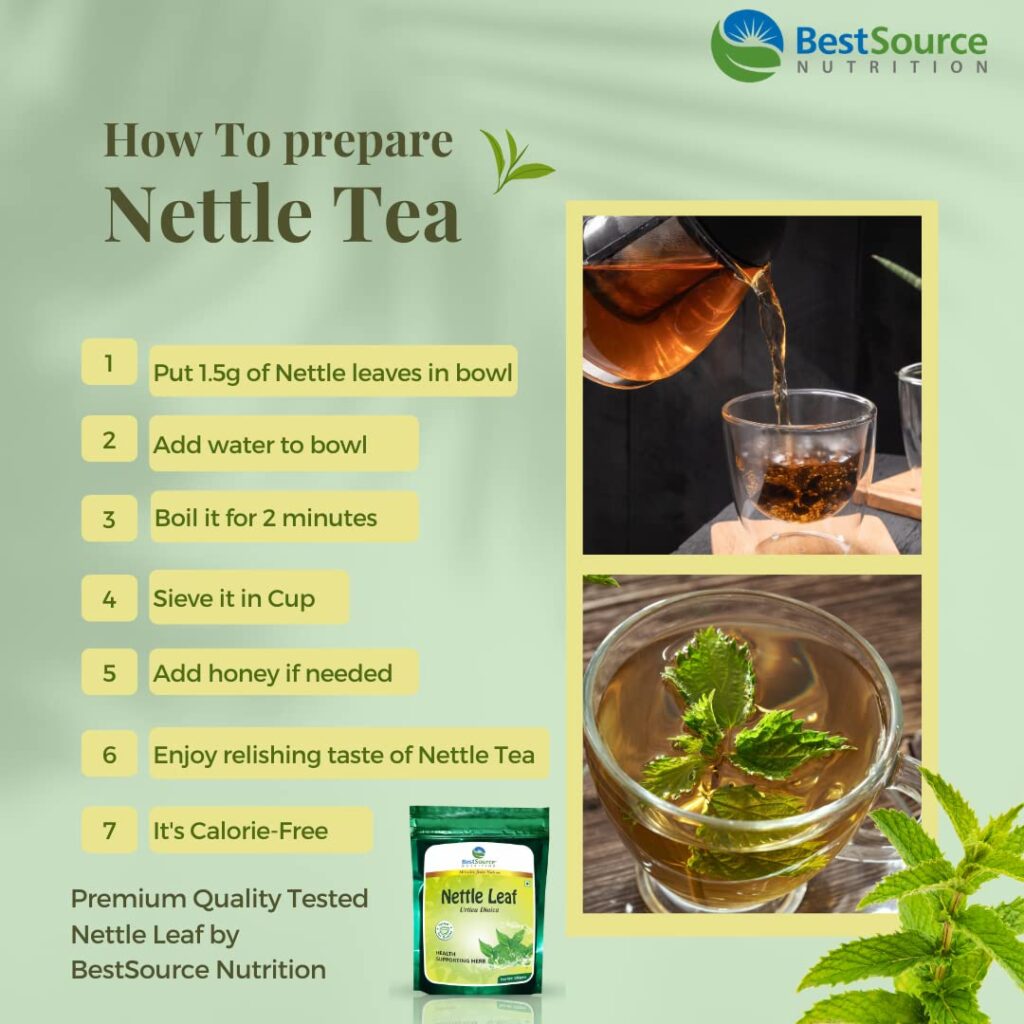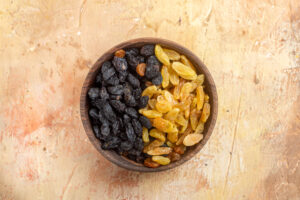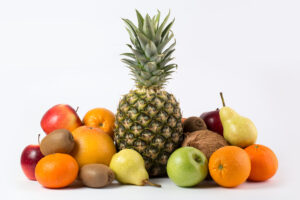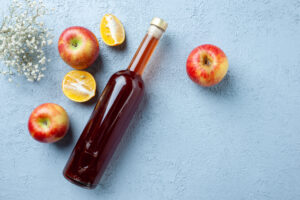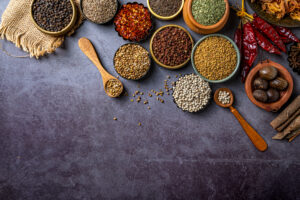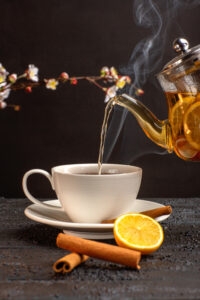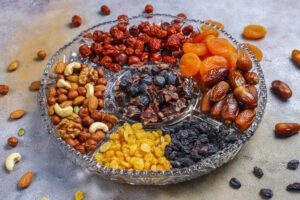Herbal tea has been a natural healing remedy for more than 5,000 years. From soothing digestion after a heavy meal to calming your mind before bed, a warm cup of herbal tea can feel like nature’s hug in a cup. The best part? You don’t need fancy equipment or expensive tea shops to enjoy it. You can make nourishing herbal tea right in your own kitchen, using simple ingredients you already love.
Table of Contents
What Makes Herbal Tea So Special?
Unlike regular tea made from the Camellia sinensis plant, herbal tea comes from dried flowers, leaves, seeds, or roots. That means every cup carries unique benefits depending on the herb you choose.
Think of it like building a natural medicine cabinet in your teapot. Chamomile can help you relax, peppermint can refresh your system, and ginger may support digestion. Each sip feels different, almost like a mini wellness ritual.
Healing Benefits of Herbal Tea
Every cup of herbal tea offers comfort and wellness, not just warmth. Let’s look at a few favorite benefits people enjoy from herbal tea:
- Chamomile, lavender, and tulsi are well-known for reducing stress and soothing the mind.
- Better Digestion – ginger, fennel, and peppermint may ease bloating or discomfort.
- Immune Support – tulsi, echinacea, and elderberry are often used during flu season.
- Heart Health– Hibiscus tea is often linked to better blood pressure and cholesterol balance.
- Better Sleep – a cup of chamomile or lavender tea before bed can improve sleep quality.
- Caffeine-free herbal teas make staying hydrated both enjoyable and flavorful.
Small daily choices, like sipping herbal tea, can create a big difference over time.
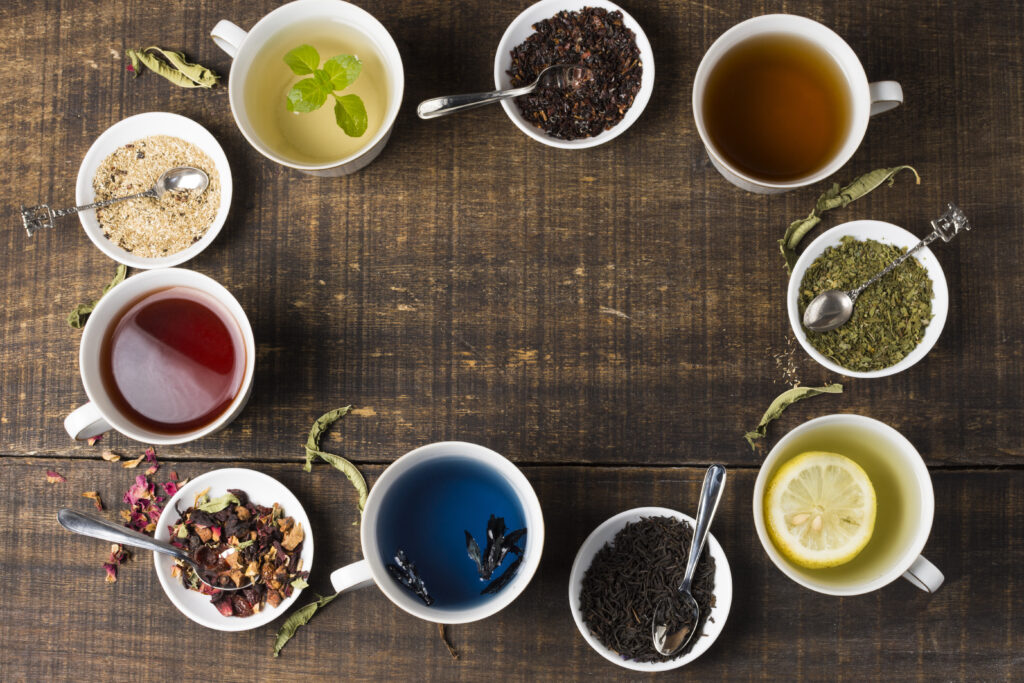
How to Make Herbal Tea at Home (The Simple Way)
Making herbal tea is much easier than you think. Try this simple brewing method that works well with nearly all herbs:
- Choose your herb – chamomile, peppermint, tulsi, ginger, hibiscus, or lavender.
- Measure – use about 1 teaspoon of dried herbs (or 2 teaspoons fresh) per cup.
- Boil water – heat fresh, filtered water until hot but not rolling boil.
- Steep herbs in hot water and cover the cup to keep their healing oils intact.
- Strain and sip – enjoy plain, or add a touch of honey or lemon.
👉 Tip: Always cover your tea while steeping. Covering helps prevent the delicate essential oils from disappearing with the steam.
Different Types of Herbal Tea You Can Try
Chamomile Tea
Peppermint Tea
- Refreshing and cooling taste
- Helps with bloating, indigestion, and nausea
- A natural pick-me-up after a long day
Ginger Tea
- Spicy and warming flavor
- Supports digestion, relieves colds and sore throats
- Popular in winter for immune boost
Hibiscus Tea
- Bright red color, tart taste
- Rich in antioxidants, may support healthy blood pressure
- Refreshing hot or iced beverage
Tulsi (Holy Basil) Tea
Rooibos Tea (Red Bush Tea)
- Origin: South Africa
- Naturally caffeine-free, rich in antioxidants
- May support heart health and bone strength
Lemon Balm Tea
- Mild lemony taste
- Helps with relaxation and may reduce anxiety
- Can improve focus without caffeine
Valerian Root Tea
- Known for its sleep-inducing properties
- Often used for insomnia and stress relief
- Strong earthy taste, best blended with chamomile or mint
Dandelion Root Tea
- Slightly bitter, coffee-like flavor
- May support liver health and detoxification
- Good for digestion
Licorice Root Tea
- Naturally sweet flavor
- Can soothe sore throats and aid digestion
- Should be consumed in moderation for blood pressure concerns
Sage Tea
Lavender Tea
- Floral aroma, calming effect
- Promotes relaxation and better sleep
- Sometimes blended with chamomile for deeper calm
Nettle Leaf Tea
- Earthy, grassy taste
- Rich in vitamins and minerals (iron, calcium, magnesium)
- Certain herbal teas may help reduce inflammation and support healthier, more comfortable joints
Tips for Making the Perfect Cup
To get the best flavor and healing properties, try these simple tricks:
- Using fresh herbs gives a stronger fragrance and richer healing oils.
- Don’t over-steep – too long and the tea may taste bitter.
- Experiment with blends – mix ginger + lemon, or chamomile + lavender.
- Swap sugar for honey, jaggery, or even apple slices for natural sweetness.
- Enjoy mindfully – sit, sip slowly, and let it be your moment of calm.
Also Read : 14 Foods You Should Never Refrigerate
Can You Grow Healing Herbs at Home?
Yes! Many herbs are easy to grow in pots or small gardens. Mint, tulsi, and chamomile don’t need much space. Even a sunny balcony can provide you with fresh herbs for daily tea.
Picture yourself picking fresh mint leaves and enjoying a homemade tea in minutes. It’s sustainable, cost-effective, and deeply satisfying.
Also Read : How to Prevent From Covid and Other Viruses
Herbal Tea vs. Regular Tea: What’s the Difference?
Both are healthy, but they serve different purposes:
- Green, black, and white teas provide a mix of caffeine and protective antioxidants. It can boost focus and energy.
- Herbal tea is naturally caffeine-free and may provide targeted healing benefits depending on the herb.
If you’re cutting back on caffeine, herbal tea is a lovely way to relax at night.
Also Read : Is Skipping Breakfast Good for Your Health?
Safety Tips for Drinking Herbal Infusions
Herbal teas are usually safe, though there are a few things to keep in mind:
- Pregnancy and medication – some herbs may not be suitable. Always check with your doctor.
- Moderation matters – 2–3 cups daily is usually safe, but don’t overdo it.
- Buy quality herbs – organic or pesticide-free herbs are better for health.
Also Read : How to Take Care of Your Parents
Fun and Creative Ways to Enjoy Tea
Herbal tea doesn’t have to be boring. Try these ideas:
- Iced Herbal Tea – brew strong tea, chill, and serve with ice and mint.
- Herbal Tea Latte – steep your favorite herbs in warm milk and sweeten with honey.
- Infused Water – add herbs like mint or basil to cold water for a refreshing twist.
- Herbal Bath Soak – yes, you can even soak in chamomile or lavender tea for relaxation!
Also Read : Scrolling Overload

Also Read : Is calorie Deficit Really Good for Your Health
FAQs About Herbal Tea
Can kids drink herbal tea?
Yes, mild options like chamomile or mint can be safe in small amounts. Avoid caffeinated blends.
How many cups of herbal tea should I drink daily?
Most people find two to three cups daily is just the right amount.
Can herbal tea help with weight loss?
While herbal tea isn’t a magic fix, blends like green rooibos or ginger can support digestion and healthy habits.
Loose leaf or tea bags—which one truly gives the better tea experience?
Loose herbs usually give stronger flavor and more nutrients, but good-quality tea bags work too.
Also Read : Horse Gram for Weight Loss
Final Sip of Wisdom
Brewing herbal tea at home isn’t just about taste—it’s about creating a healing ritual for yourself. Every cup is a gentle reminder that nature has simple, powerful ways to support your well-being. Whether you sip chamomile before bed, peppermint after meals, or tulsi on a rainy afternoon, your body and mind will thank you.
So go ahead, put the kettle on, and let a warm cup of herbal tea bring you peace, health, and a little joy every day.

